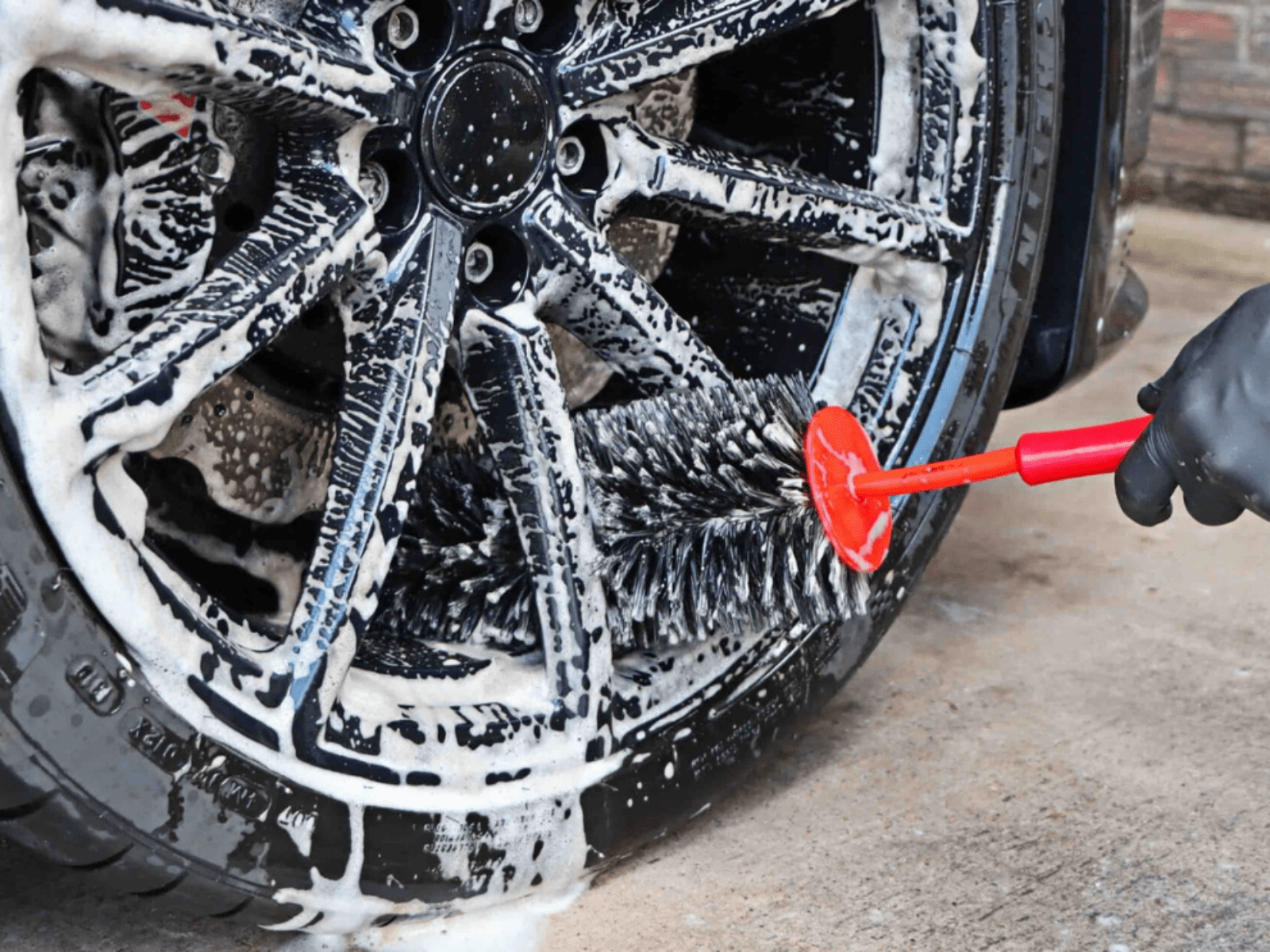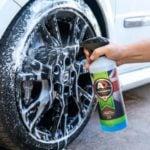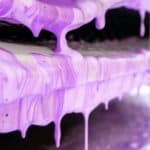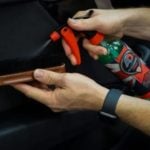Understanding Brake Dust: Causes, Consequences, and Effective Removal
Understanding Brake Dust: Causes, Consequences, and Effective Removal
You’ve recently washed and polished your car, and only a few days later you notice unsightly black spots covering your wheels and lower body panels. This is known as brake dust and is an unavoidable consequence of braking. However, this can cause damage to your car’s appearance if left unchecked.
It’s important to understand not only what a brake does, but how it appears on your vehicle, and how it causes damage to your vehicle. But also most importantly, how to effectively remove it and keep your vehicle looking its best.
What is brake dust?
Brake dust is a fine, powdery residue that accumulates on the wheels and other parts of a vehicle’s exterior. The cause is simply the friction that occurs between the brake pads and brake discs when you brake while driving.
It’s made up of tiny metal particles, carbon fibres, and adhesive materials that come from the friction materials used in brake pads. As you brake whilst driving, the components wear down. This creates tiny particles that are released into the surrounding environment, meaning your wheels and lower panels of your car.
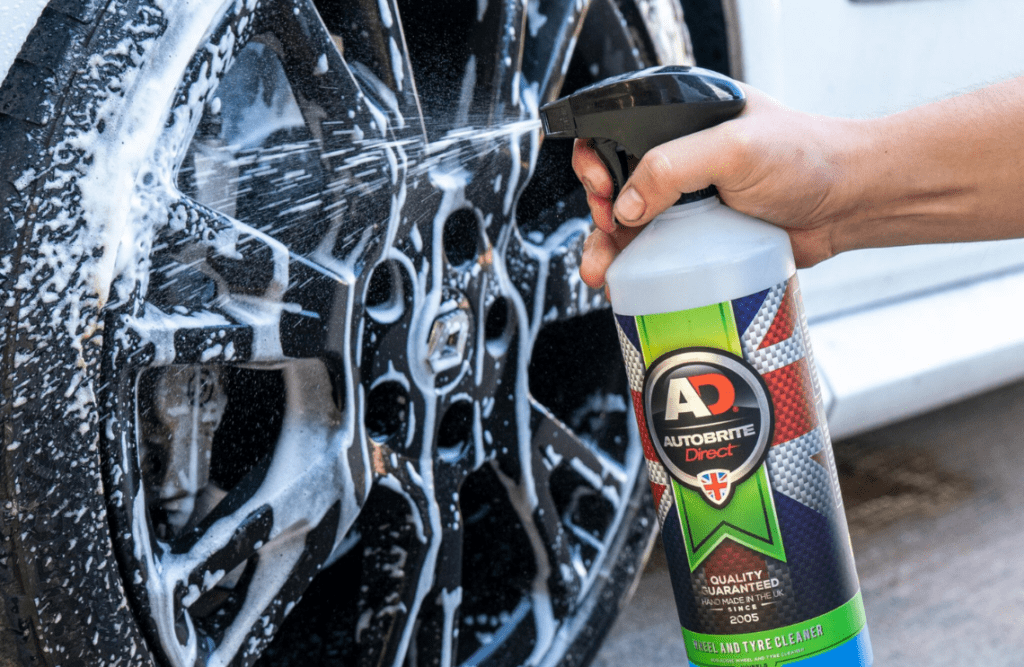
Why Does Brake Dust Form?
Brake dust is an inevitable byproduct of the braking process. Procured by every car, brake dust on your wheels and panels is simply unavoidable.
When you press the brake pedal, the brake pads come into contact with the brake discs. This action generates friction and slows down your car. This friction generates heat and causes the brake pad material to wear down gradually. As a result, tiny particles of metal, carbon, and other materials are released into the air and onto the wheels.
How Brake Dust Can Damage Your Car
While brake dust may seem harmless at first glance, its effects can be far-reaching. If left untreated, brake dust can have a detrimental effect on your car’s paintwork.
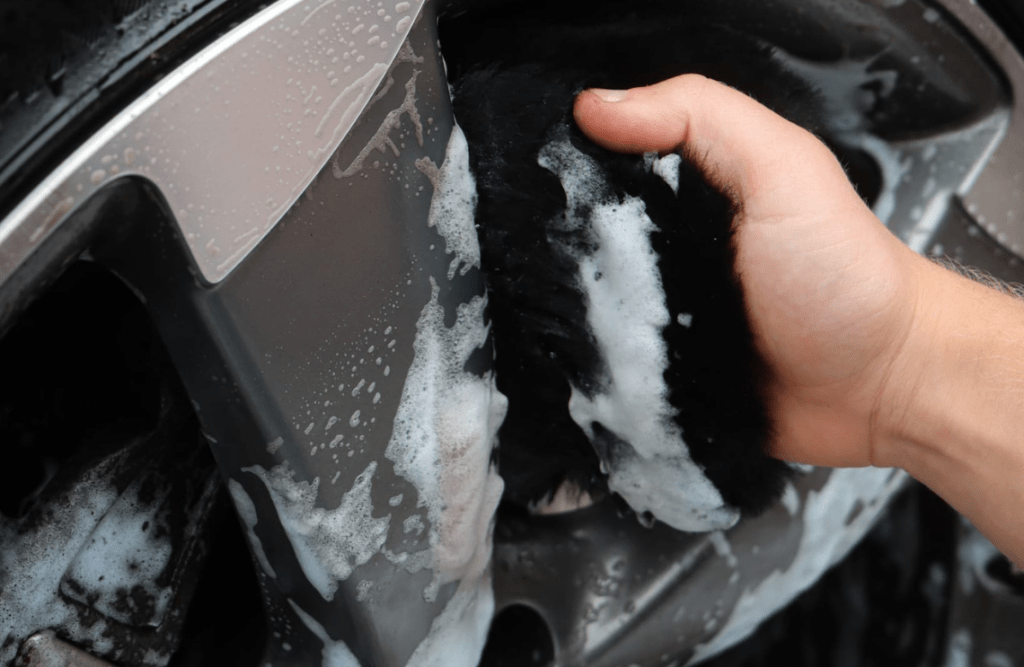
The effects on your car…
1. Corrosion
The metal particles in brake dust are not only unsightly, but they can also lead to corrosion over time. As the particles settle on your car’s surface, they can react with moisture and other environmental elements, causing rust to form. This can negatively affect the structural integrity of your wheels and other metal parts.
2. Paint Damage
The adhesive materials in brake dust can bond with your vehicle’s paint and clear coat, forming a stubborn, difficult-to-remove layer. If left unchecked, this can lead to staining and even paint damage, requiring costly repairs or repainting.
3. Wheel Damage
Brake dust accumulation can quickly dull the appearance of your wheels. Especially if they have a shiny, polished or special finish. The black residue can make your wheels look unkempt and detract from your car’s overall look.
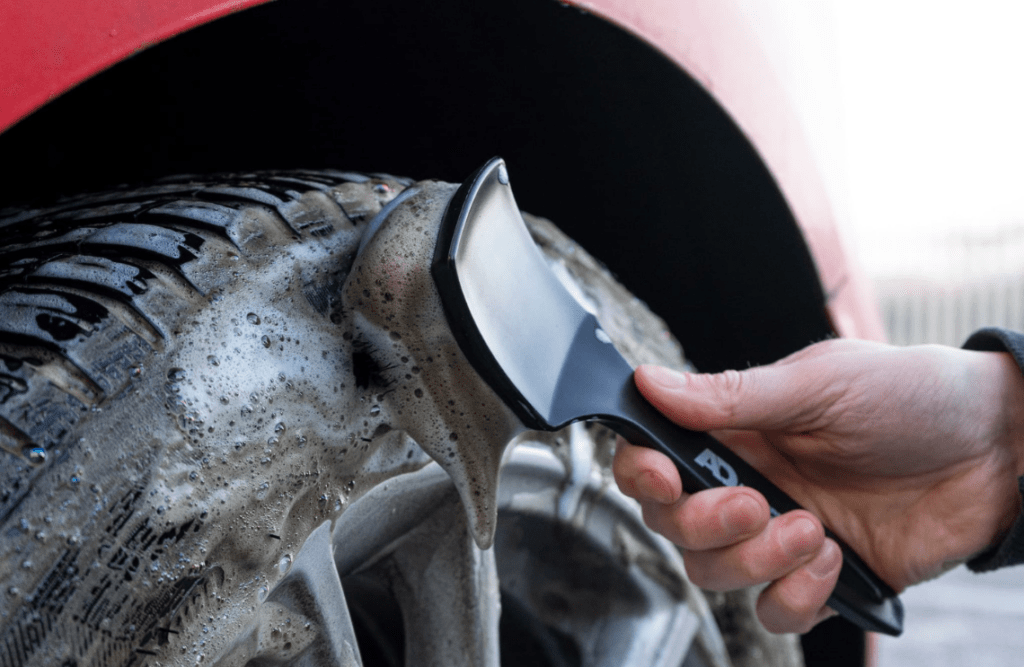
Removing Brake Dust Effectively
The good news is that brake dust can be easily removed. So long as you use products effectively and use the right techniques…
1. Regular Cleaning
The most basic step in preventing brake dust buildup is regular cleaning. Establish a routine for washing your car. Paying special attention to the wheels, at least once every two weeks. Use a pH-balanced wheel cleaner to avoid damaging the finish while effectively breaking down the dirt and breaking contaminants.
2. Use the right tools
Invest in soft brushes, microfiber towels, spoke wheel brushes and non-abrasive cleaning products specifically designed for wheels. Avoid using harsh chemicals or abrasive materials that can scratch or damage the wheels’ surface. Especially if your wheels have a specialised finish, such as a gloss or shiny finish.
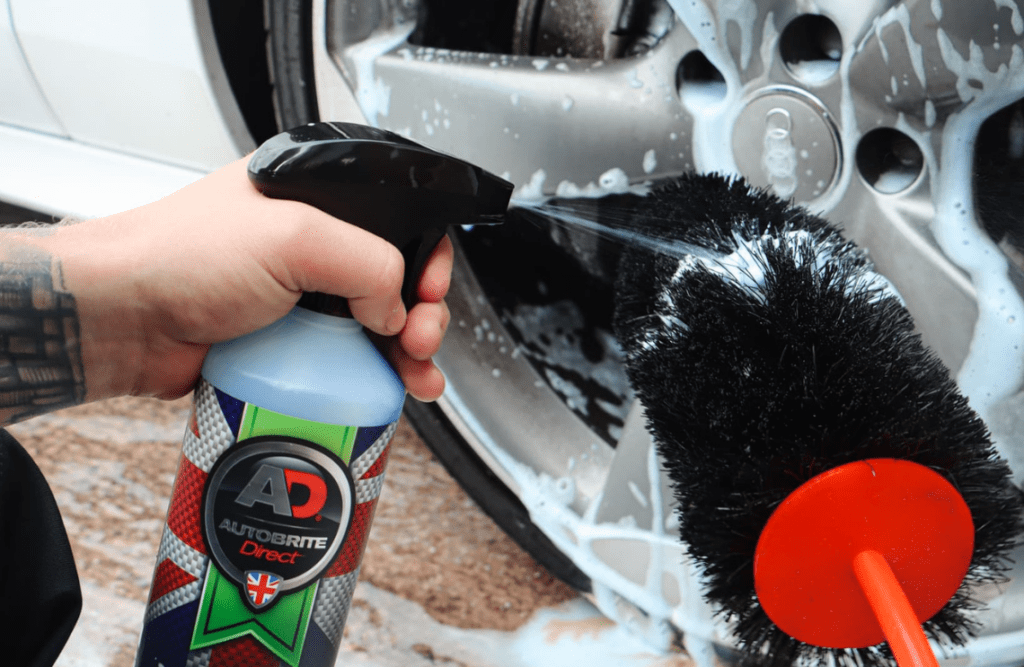
Preventative Measures
Consider using wheel coatings or sealants designed to create a protective barrier between the wheels and brake dust. These products make the wheels easier to clean during regular washes and provide a layer of protection against corrosion.
Frequent Brake Pad Inspections
Regularly check your vehicle’s brake pads for wear and tear. If you notice excessive wear, replace the brake pads as soon as possible to minimise the possibility of metal-on-metal contact and the possible build-up of metal contaminants on your wheels. Check out this article on how to check your breaks and when to replace them. ( Provided for information only! Please see a professional)
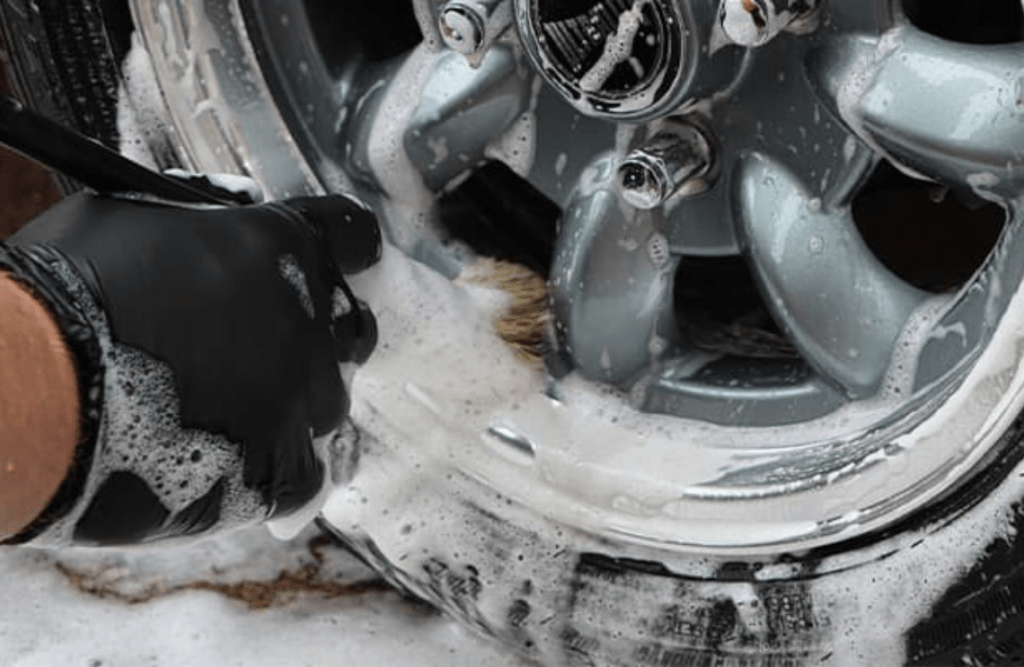
Avoid Overheating
Aggressive driving, late and excessive braking can generate more heat, and wear and tear to the brake pads. This leads to increased brake dust production. Drive cautiously and maintain a safe following distance to minimise abrupt stops.
Protecting your car Against Brake Dust
Contamination caused by braking may be an unavoidable consequence of driving. But, with proper care and maintenance, its damaging effects can be minimised. Regular cleaning, the use of appropriate cleaning tools and products, and adopting preventive measures can help you keep your car looking its best. As well as extend the lifespan of your wheels and exterior components. Remember, a little effort in removing brake dust today can go a long way in preserving your car’s beauty and value for years to come.
Enjoyed the article? Check out our range of Wheel Care products here

